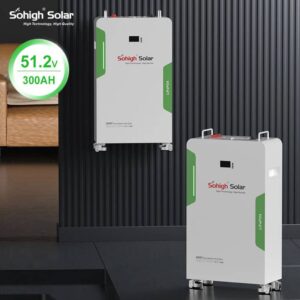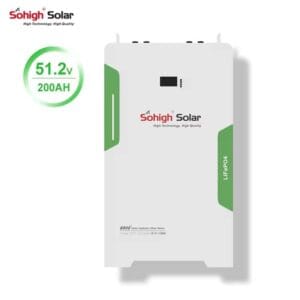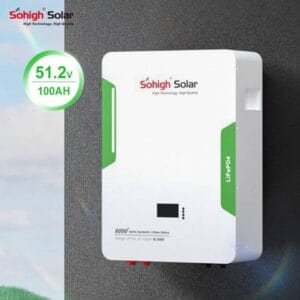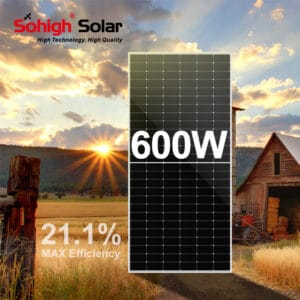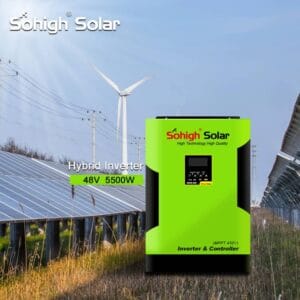What is a solar farm? Costs, Land Requirements & More

Everything You Need to Know About Solar Power Plants
Solar energy is attracting the attention of farmers and landowners across the country.
After all, solar power has been hailed as the new “cash crop,” offering far higher returns than traditional projects like corn or soybeans. (Just google “solar panel cash crops” and you’ll see what I mean).
So if you own a large piece of land, should you harvest solar energy on your land? If so, how should you go about starting one? We’ll tell you exactly what a solar farm is, how much they cost, and how you can go about starting one.
What is a solar farm?
Solar farms are large-scale ground-based solar installations. They use photovoltaic (PV) panels or other means of harvesting solar energy, such as concentrated solar systems, to harness the sun’s energy.
Solar farms are also known as “solar parks”, “solar factories” and “solar power stations”. They operate as power plants, much like fossil-fuel power plants did for consumers in the last century.
They differ from rooftop solar systems and even commercial solar power systems in a number of important ways.
-Solar farms take advantage of economies of scale, meaning that by ordering solar panels and other equipment in large quantities, project developers can purchase equipment at lower prices.
-Solar farms can also be located in a more desirable location, free from issues such as tree shading.
-Solar power plants are decentralized and usually consist of ground-mounted solar panels installed over large areas.
-In most cases, solar farms provide electricity to the grid and are part of a utility’s energy mix.
-There are also different types of large-scale solar projects, such as community solar farms and utility-scale solar farms.
Different Types of Solar Farms: Utility Solar vs. Community Solar
The biggest difference between utility-scale solar farms and community solar farms is size: utility-scale solar farms tend to be much larger than community solar.
Utility-scale solar farms can range in capacity from 1 megawatt to 2,000 megawatts. On the other hand, community solar farms are typically under 5 megawatts in size, and less than 100 kilowatts are not uncommon.
Another key difference between the two types of solar farms is who they provide power to.
Community solar farm projects serve users, or members, who have paid for their share of electricity. Utility solar farms, on the other hand, serve the utility company and all of its customers as part of the energy mix on its powerline.

